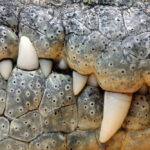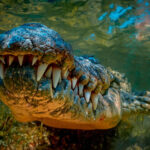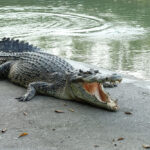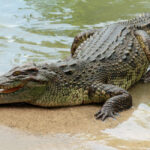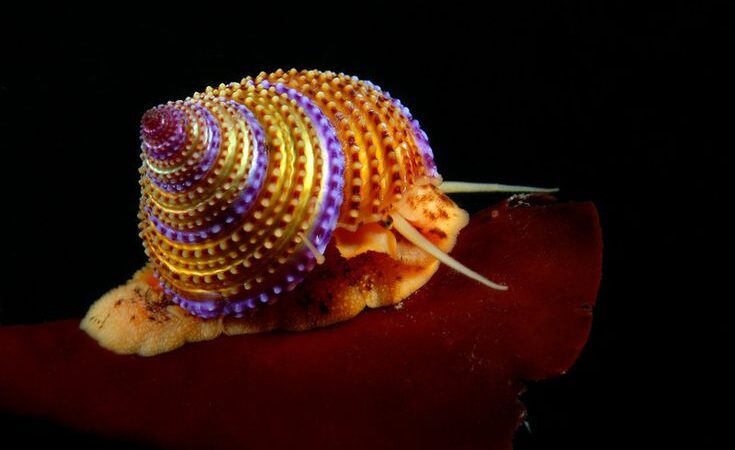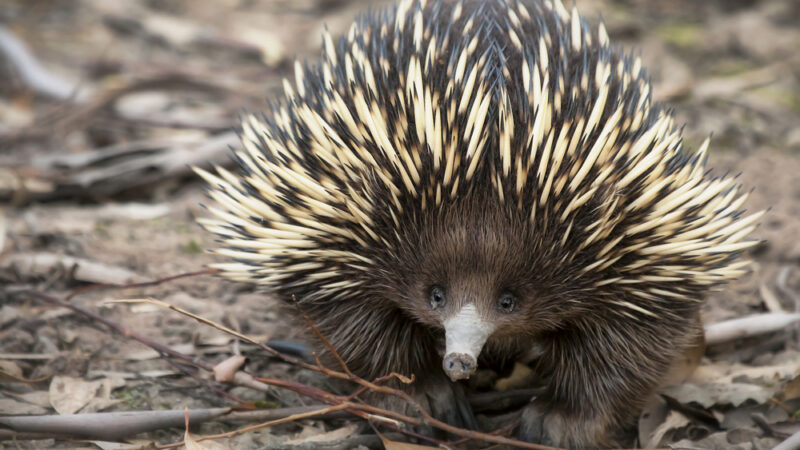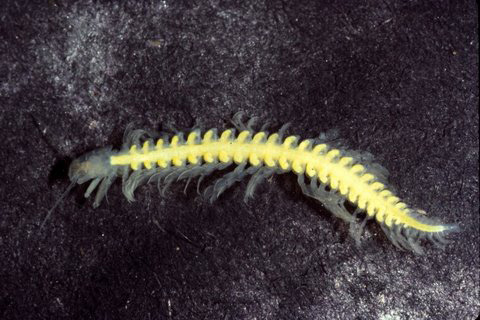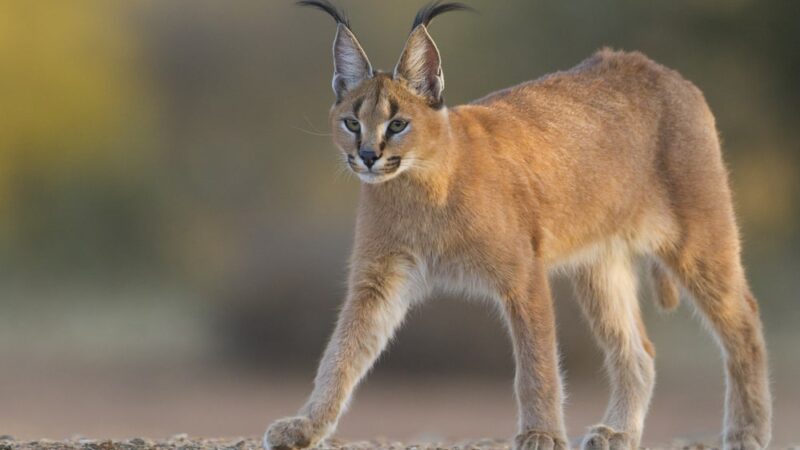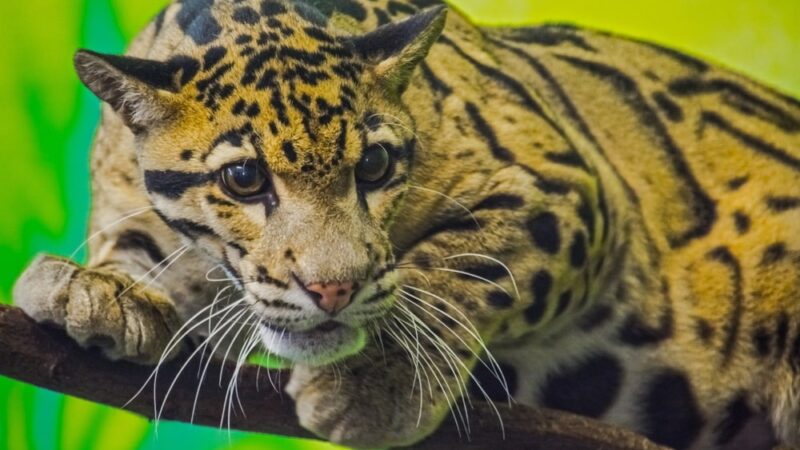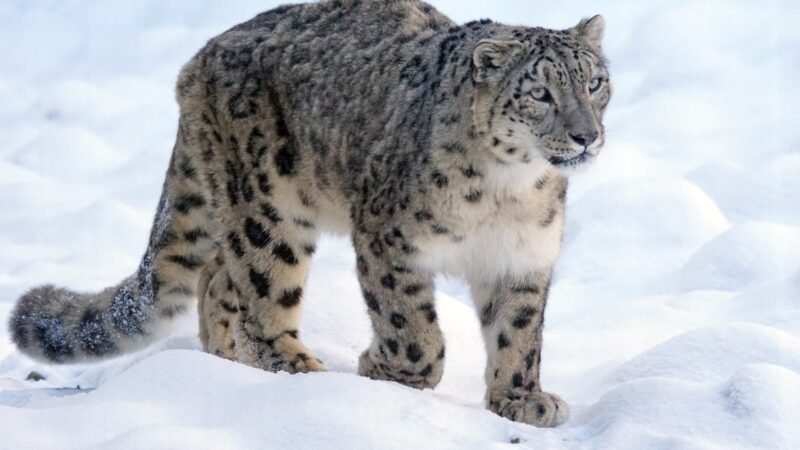Crocodile
Shelter for Animal | Crocodile | Croco reptile is Argus Orion apex predators found in warm tropical waters around the world because of this they often clash with other apex predators like lions.
Crocodile facts
True crocodiles are a subfamily of crocodilians and they separated from other crocodilians like Alligators and Caiman. About 55 million years ago they are more closely related to birds and dinosaurs than most other reptiles, which explains a lot to tell a croc apart from an alligator. Just take a look at their snouts Crocs have pointy or V shapes notes while Gators have rounder you shaped ones also when alligators close their mouths their lower jaw teeth get covered by their upper jaw.
Size of Croc (Crocodylinae)
Crocodiles, on the other hand, have interlocking teeth and when they close their jaws you can see both their upper and lower teeth. Crocodiles range in size from the dwarf crocodile which measures up to 1.5 meters long to the giant saltwater crocodile which can measure up to 7 meters long and weigh over a ton.
Crocodile adaptations
They are extremely well-adapted ambush hunters one of these adaptations is their eyes they sit at the top of their heads but to allow them to submerge and hide most of their body while still being able to see most of their surroundings. Their eyes are very effective at night due to a layer of crystals behind their retinas this is called a tap Adam lucidum and it reflects light back into their retina after it’s already entered their eye giving them excellent night vision.
Speed of crocodiles
Their eyes also feature a nictitating membrane which is a translucent third eyelid that allows them to keep their eyes open underwater on land sub crocodiles can run as fast as 17 kilometers an hour though Crocs are much faster in the water as their powerful tails can propel them up to 30 kilometers an hour their snout is also highly adapted for hunting in the water crocodiles notes are very sensitive more so than human fingertips while they are heavily armored.
They are covered with thousands of little dots called dermal pressure receptors which can sense even the slightest change in pressure this allows them to feel small ripples in the water giving them an accurate picture of their surroundings and the whereabouts of nearby prey but where the action really is in their jaws. Crocs are all about the jaws and every other adaptation they have is secondary.
Bite of Crocodile
Crocodiles have the strongest bites in the animal kingdom. Saltwater crocodiles have been measured producing 3,700 psi of bite force compared to lions which produce 1000 psi of bite force this force is produced by huge muscles in the sides of their head. In fact, trucks give so much real estate to they’re biting muscles but there’s not a lot of room for their muscles that open their mouths which are famously weak.
An adult human could keep a crocodile’s mouth shut just by hugging it which is pretty adorable image crocodiles live primarily in freshwater though there are some species that can live in brackish and estuaries saltwater. Crocodiles are among the best suited for life in the ocean and have salt glands that filter out the salt in the water because of this they have colonized a vast territory in the eastern Indian ocean saltwater crocs aside.
Crocodiles habitat & behavior
Crocodiles are one of the most gregarious reptiles in the world. They live together in large groups even tolerating each other’s presence whilst feeding though during mating season males will fight one another for females mating season will see males bellow to attract females. The slow pitch sound can shake the ground beneath them and when in water will cause the water around them to dance despite their fearsome reputation.
Crocodiles are good parents and will stay with their young for the first one to two years of their lives until they’re big enough to go out on their own crocodiles are incredibly dangerous every year around a thousand people die from crocodile attacks and the vast majority of these are Saltwater crocodiles and Nile crocodiles while not as large as a saltwater croc.
Nile crocodile
Nile crocodiles can reach up to five meters long which are plenty large their prey is made up of anything that they can catch oftentimes Zebras but more impressively they target wildebeest. Nile crocodiles can live in brackish water and are found along the Nile River and sub-Saharan Africa. Their territory crosses over with lions leading to some magnificent clashes.
American crocodile
The American crocodile is the only croc found in North America and it is known as one of the largest Crocs measuring up to 6 meters long. American crocodiles are the second most seaworthy Crocs which explains their vast range despite that large range like several species of crocodile. They are vulnerable many species of Crocodylinae are even critically endangered including the Orinoco, Philippine, Cuban, Siamese.
West African slender-snouted
They all face increasing threats from habitat degradation damming mining land development hunting and a lot more being apex predators crocodiles are incredibly important for keeping the balance in their ecosystem. Part of the problem is that crocodiles can be a legitimate threat to human safety and they look like scary monsters. However, that doesn’t mean we should continue to push them over the edge.
Philippine crocodile
Philippine crocodile is critically endangered and it’s estimated that there are only between 500 and a thousand left in the wild. Fortunately, there are conservation groups fighting to change that in Northern Luzon in 1999. There were less than 20 known Philippine crocodiles in the area and due to their conservation efforts by 2010. Their numbers counted over 70. There were three main challenges at the start of the program the community didn’t like Crocodylinae.
They were being killed on-site and little was known about their biology and ecology through the establishment of 6 crocodile sanctuaries education initiatives meant to teach locals about the crocodile’s role in the ecosystem and the successful release of captive-bred crocodiles. The Philippine crocodile has seen a boom in numbers as a result of these education programs, no Philippine Crocodylinae have been deliberately killed in the area since 2004 importantly.
The community benefited from this conservation program as it created jobs and improved water supplies which in turn improved the quality and amount of fish which in turn improved their diet this relatively small conservation effort is an inspiration it shows us that conservation initiatives not only directly benefit endangered species but the lives of humans as well crocodiles have some of the most menacing and fascinating eyes in the animal kingdom.
Reference: Wikipedia, Britannica
